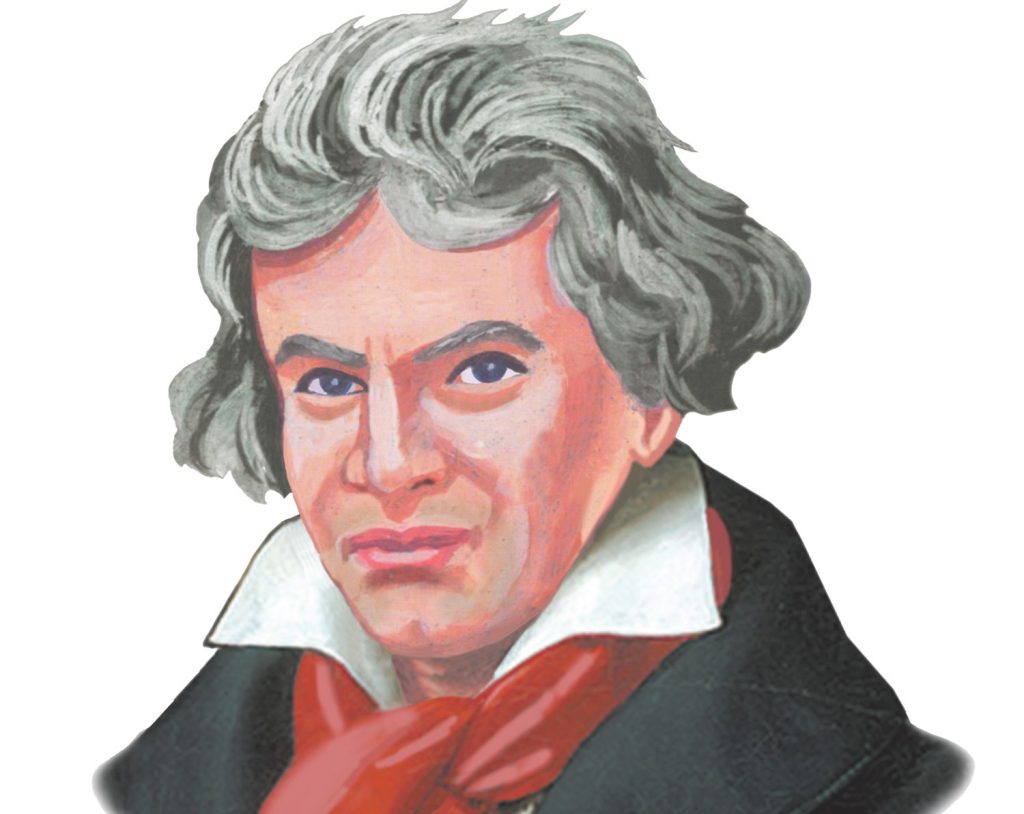
Beethoven – Symphony No. 5
“Da-da-da-daaa!”—with just four dramatic notes, Beethoven’s Symphony No. 5 in C minor, Op. 67 announces itself as one of the most recognizable works in classical music. Known affectionately as the “Fate Symphony,” this masterpiece has captivated audiences for over two centuries. Its opening motif has become a universal symbol of power, struggle, and triumph, making it an enduring cultural landmark.
Overview
Beethoven composed his Symphony No. 5 between 1804 and 1808, during a period when he was confronting the devastating onset of deafness. The symphony is written in four movements, with the first movement dominated by the famous four-note motif that transforms and develops throughout the work. The final movement culminates in a radiant, triumphant coda, symbolizing the journey from struggle to victory.
Background
The year 1808 marked a creative peak for Beethoven, who was also working on Symphony No. 6 “Pastoral,” the Fourth Piano Concerto, and other major works. Although Beethoven himself never explicitly titled the piece “Fate,” his pupil Anton Schindler recorded the famous anecdote that Beethoven described the opening as “Fate knocking at the door.” This remark gave rise to the enduring nickname.
Premiere and Reception
The symphony premiered on December 22, 1808, at the Theater an der Wien in Vienna, as part of a lengthy concert featuring several of Beethoven’s works. The performance suffered from poor conditions—cold weather, under-rehearsed musicians, and an overly long program—and initial reactions were mixed. However, in the following years, Symphony No. 5 gained immense acclaim and became a central part of the orchestral repertoire worldwide.
Musical Characteristics
Opening Motif: The short-short-short-long rhythm serves as the foundation of the entire work, appearing in various forms across all four movements.
Harmonic Journey: The symphony begins in C minor and ends in a blazing C major, often interpreted as a metaphorical journey from darkness to light.
Orchestration: The finale introduces piccolo, trombones, and contrabassoon—an unprecedented choice in symphonic writing at the time—adding brilliance and grandeur.
Legacy and Influence
Symphony No. 5 has transcended the classical genre, appearing in films, commercials, pop music, and even electronic adaptations. During World War II, its iconic opening rhythm was associated with the Morse code for the letter “V” (Victory) and became a rallying symbol for the Allied forces. Today, it remains one of the most frequently performed and recorded symphonies, a testament to its enduring power.
More than 100 million songs in CD quality. 7 million in better-than-CD sound.
🎧 Start your free trial with Amazon Music Unlimited now!

